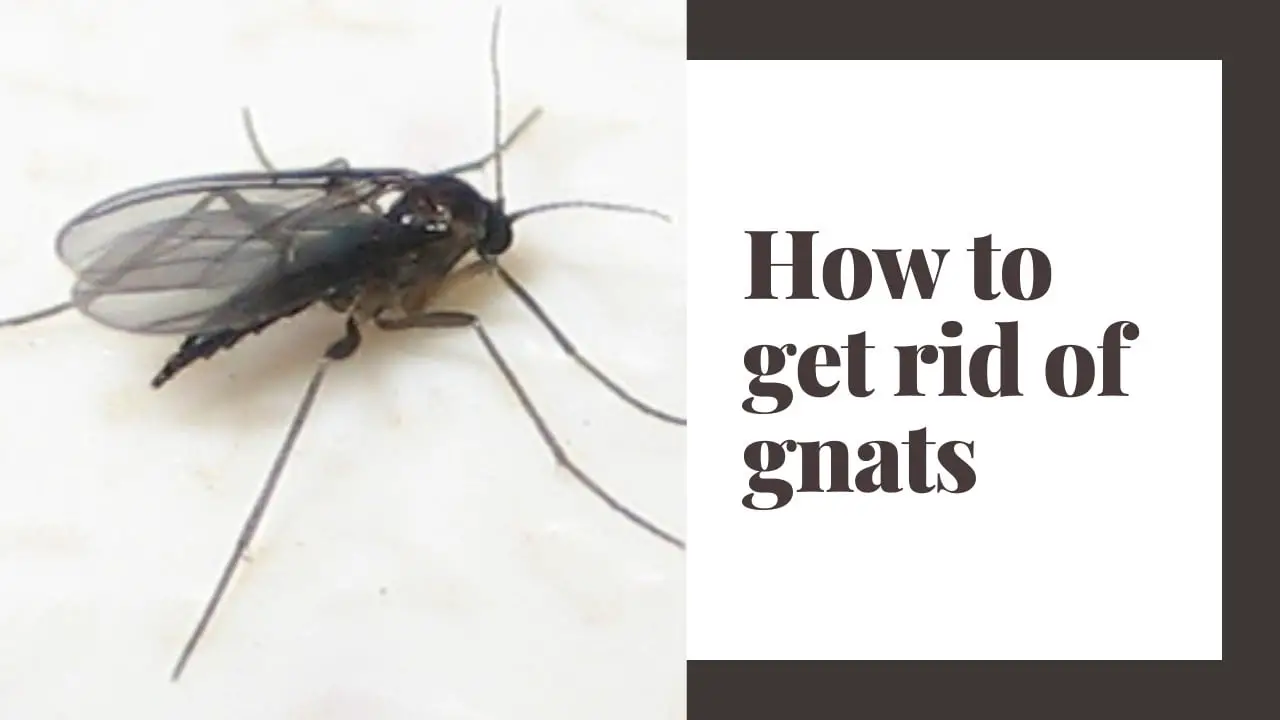A Guide to Spotting and Managing Small Flying Pests Indoors

Small flying pests like fungus gnats and fruit flies are common indoor nuisances. While they may seem similar at first glance, understanding their differences is crucial for effective management. This guide will help you identify these pests, understand their behavior, fungus gnats vs fruit flies and implement strategies to eliminate them from your home.
Understanding the Differences: Fungus Gnats vs. Fruit Flies
Fungus gnats and fruit flies are often confused due to their small size and similar appearance. However, they have distinct characteristics and behaviors.
Fungus Gnats
-
Appearance: Fungus gnats are small, dark-colored flies with long legs and slender bodies. They resemble tiny mosquitoes and are often found near houseplants.
-
Habitat: These pests thrive in moist environments, particularly in overwatered plant soil where organic matter is abundant.
-
Behavior: Adult fungus gnats are weak fliers and are typically seen hovering around plants. Their larvae feed on fungi and decaying organic matter in the soil.
Fruit Flies
-
Appearance: Fruit flies are tan to light brown with distinctive red eyes. They have a rounded body shape and are often mistaken for small houseflies.
-
Habitat: Fruit flies are attracted to fermenting fruits, vegetables, and sugary substances. They are commonly found in kitchens, near garbage bins, and around overripe produce.
-
Behavior: Fruit flies are strong fliers and are often seen darting around food sources. They lay their eggs on decaying organic matter, and their larvae feed on the fermenting material.
Identifying the Source of Infestation
Before implementing control measures, it's essential to identify the source of the infestation. Both fungus gnats and fruit flies breed in specific environments.
-
Fungus Gnats: Check houseplants for overwatered soil. If the top layer of soil is consistently moist, it creates an ideal breeding ground for fungus gnats.
-
Fruit Flies: Inspect your kitchen for overripe or rotting fruits and vegetables. Also, check garbage bins and recycling containers for residues that may attract fruit flies.
Effective Strategies for Managing Small Flying Pests
1. Eliminate Breeding Grounds
-
Fungus Gnats: Allow the soil in your houseplants to dry out between waterings. This disrupts the breeding cycle of fungus gnats.
-
Fruit Flies: Dispose of overripe fruits and vegetables promptly. Clean garbage bins and recycling containers regularly to remove any residues.
2. Use Traps
-
Sticky Traps: Place yellow sticky traps near plants to capture adult fungus gnats. For fruit flies, place traps near food sources.
-
DIY Traps: Create a trap using a jar filled with a mixture of apple cider vinegar and a few drops of dish soap. The vinegar attracts the flies, and the soap reduces surface tension, causing them to drown.
3. Maintain Cleanliness
-
Regular Cleaning: Wipe down surfaces in the kitchen and other areas where food is prepared or consumed. This removes potential food sources for the pests.
-
Proper Waste Disposal: Ensure that garbage bins are sealed and emptied regularly to prevent attracting pests.
4. Use Natural Repellents
-
Essential Oils: Certain essential oils, such as peppermint, eucalyptus, and citronella, can repel flying pests. Dilute the oil with water and spray it around infested areas.
-
Herbs: Planting herbs like basil, lavender, and mint near food preparation areas can deter fruit flies.
Alternative Methods for Gnat Control
While apple cider vinegar is a popular remedy for gnat infestations, there are other effective methods to consider. For a comprehensive guide on alternative gnat control methods, refer to the article on how to get rid of gnats without apple cider vinegar.
Preventing Future Infestations
-
Regular Inspections: Periodically check your houseplants and kitchen for signs of pests.
-
Proper Plant Care: Avoid overwatering plants and ensure they have proper drainage.
-
Seal Entry Points: Ensure that windows and doors are properly sealed to prevent pests from entering.
Conclusion
Managing small flying pests indoors requires a combination of identification, elimination of breeding grounds, and preventive measures. By understanding the differences between fungus gnats and fruit flies and implementing the strategies outlined above, you can effectively control and prevent infestations in your home.







